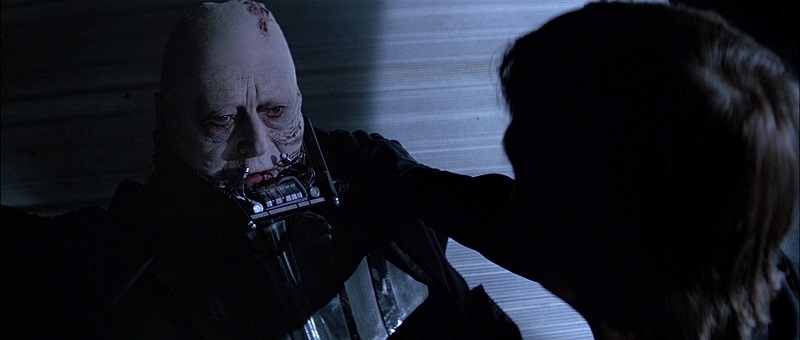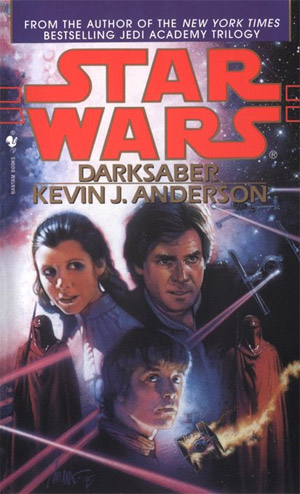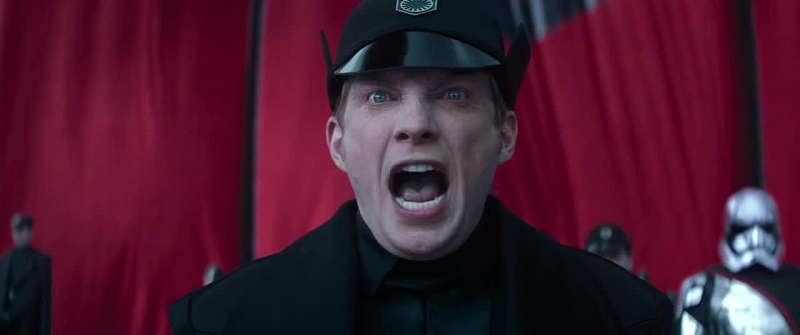
The Expanded Universe Explains series has had an interesting evolution over the last few years; originally it was a compendium of lots of actual questions posed by my friend Pearlann; once the reboot happened I then moved on to detailing stray movie references that had been told and retold in Legends multiple times (and thus, were especially in need of a reboot). That strategy eventually led me to one of the biggest messes of all—the theft of the Death Star plans.
Perhaps not all that coincidentally, that low-hanging fruit became the seed (ha, fruit pun) of the first Star Wars spinoff film—Rogue One. As such, interest in that particular piece has remained quite steady over the last eighteen months as more and more people become curious about the story. That recently led me to the conclusion that the next spinoff film, its premise also rife in Legends, was a worthwhile topic for an EU Explains, and so here we are.
24. What is Han Solo’s pre-A New Hope backstory?
Well, for starters, there’s a whole bunch of it—two entire novel trilogies, plus any number of scattered bits and pieces. If you really want to get the full young-Han-Solo experience, you’re in luck, as both the Han Solo Adventures, a self-contained trilogy by EU VIP Brian Daley, and the much more recent (and expansive) Han Solo Trilogy by Ann C. Crispin are among the best of the Legends material out there (while managing to be very, very different kinds of stories), and unlike a lot of my recent topics here, they’re pretty damn good at consistency—Crispin’s trilogy covers effectively Han’s entire life pre-ANH, meaning that at one point Han basically takes a leave of absence from his own book and the plot continues without him while the events of Daley’s trilogy are taking place. Read More


 You know how many people with the benefit of hindsight like to rag on Kevin J. Anderson’s work? A lot, including myself. But that’s hindsight; in his time he was an extremely influential (and prolific) author throughout most of the Bantam Expanded Universe, and regardless of the critics a lot of his works are still beloved by fans. Because of his proliferation, his work was often among the first stories that thousands of burgeoning young fans read. That includes me. My first “adult” EU book was the anthology
You know how many people with the benefit of hindsight like to rag on Kevin J. Anderson’s work? A lot, including myself. But that’s hindsight; in his time he was an extremely influential (and prolific) author throughout most of the Bantam Expanded Universe, and regardless of the critics a lot of his works are still beloved by fans. Because of his proliferation, his work was often among the first stories that thousands of burgeoning young fans read. That includes me. My first “adult” EU book was the anthology 
